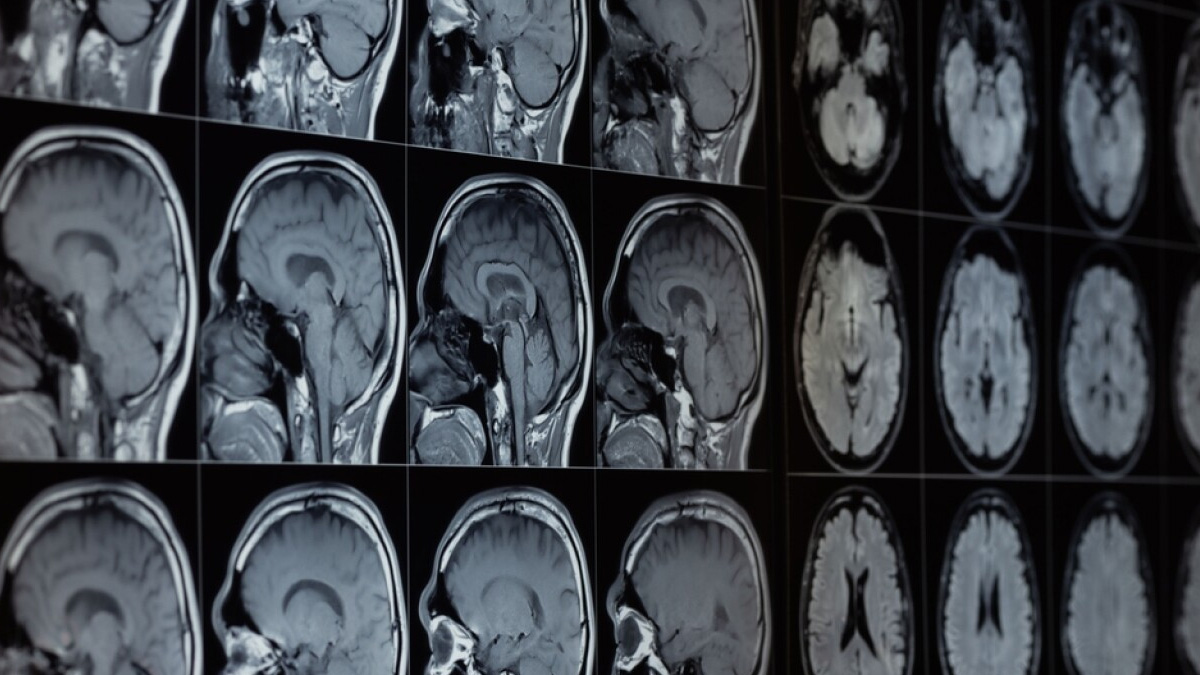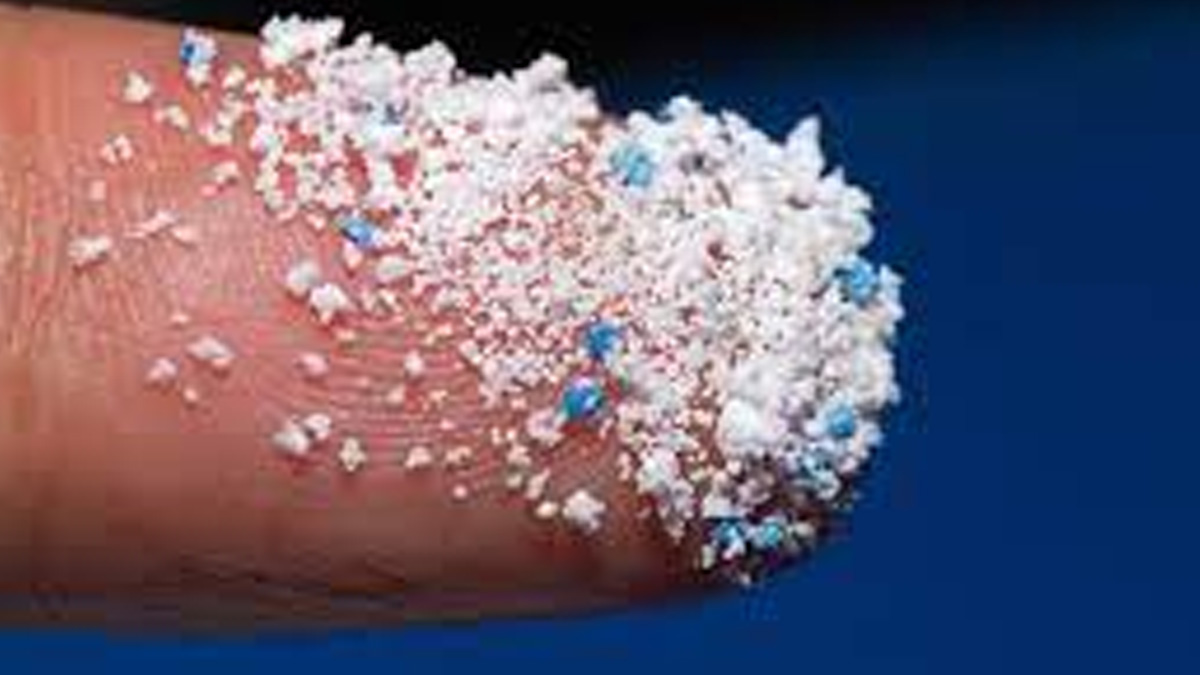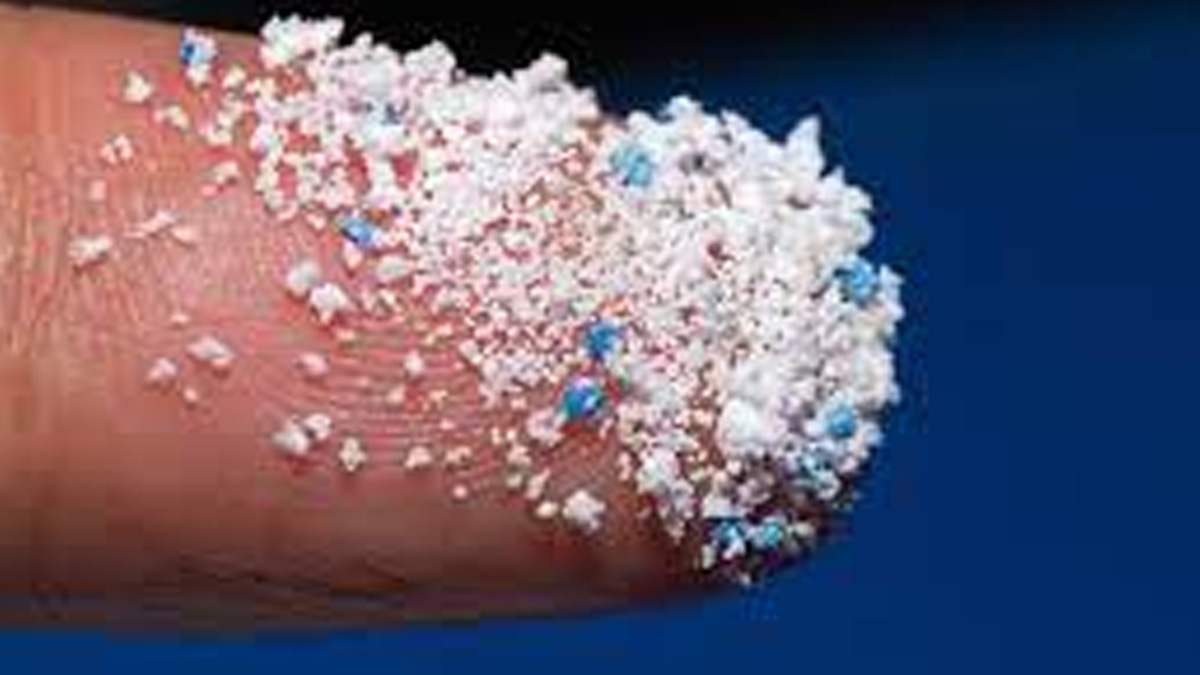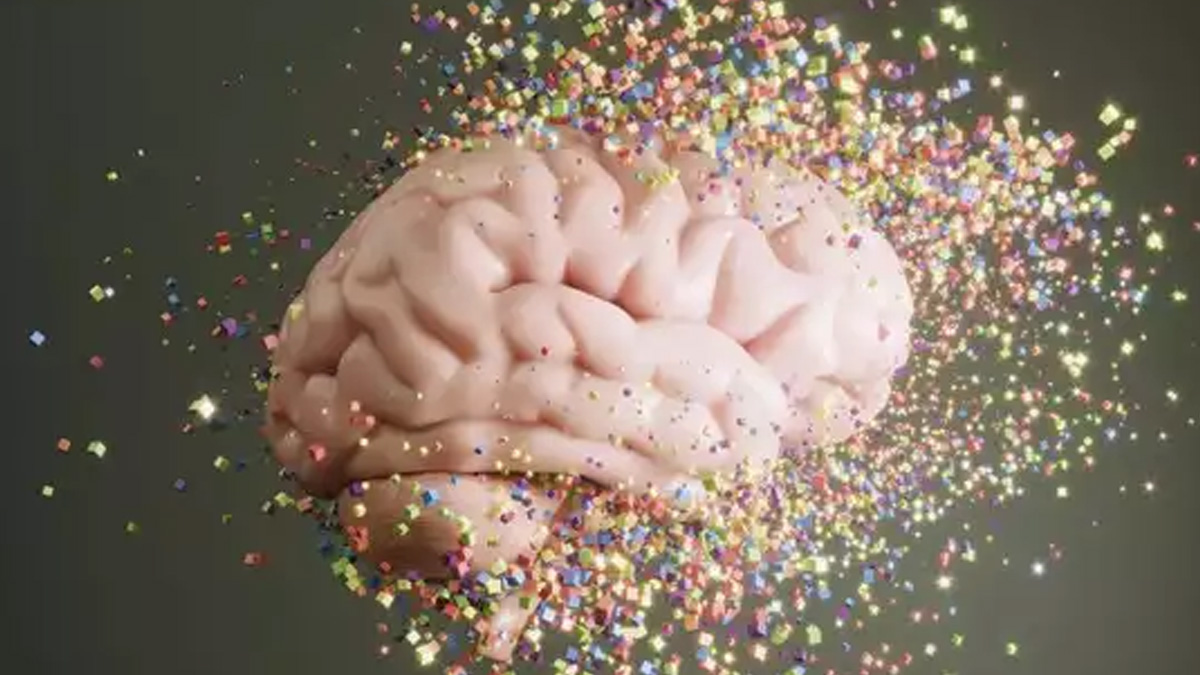
The presence of microplastics in our environment has been a growing concern for years, but a new study has delivered a truly alarming discovery—your brain may be accumulating these tiny plastic particles at an unprecedented rate. Published in Nature Medicine, the study found that human brains could contain up to 7 grams of microplastics, roughly the weight of a standard spoonful of sugar. This revelation raises serious concerns about how microplastic pollution may be affecting brain health, particularly in relation to cognitive disorders like dementia.
Table of Content:-
Microplastics in the Brain: A Disturbing Reality
The study, led by researchers from Duke University, analyzed brain tissue samples from human cadavers and found astonishingly high concentrations of microplastics and nanoplastics. Co-author Andrew West admitted to his initial disbelief upon seeing the data, calling the levels “almost unbelievable.”
Even more concerning is the rate at which these plastic fragments appear to be accumulating. The study revealed that the concentration of microplastics in the human brain has increased by 50% between 2016 and 2024, suggesting that exposure to these contaminants is only getting worse over time.

Higher Plastic Buildup in the Brain Than Other Organs
One of the study's most shocking findings is that the brain contains more microplastics than any other organ, including the liver and kidneys. Researchers also noted that individuals diagnosed with cognitive disorders, such as dementia, had significantly higher levels of microplastics in their brains compared to those without such conditions.
Also Read: Donald Trump Halts USAID—What It Means for India’s Healthcare Sector
While the study does not conclusively prove that microplastics cause dementia, the correlation is troubling. Scientists believe that neurodegenerative diseases may either make the brain more vulnerable to plastic buildup or that plastic accumulation could contribute to cognitive decline. More research is needed to understand the full impact.
What Exactly Are Microplastics?
Microplastics and nanoplastics are tiny plastic particles that originate from the breakdown of everyday objects, including food packaging, water bottles, synthetic clothing, and even car tires. Because they are so small, these particles have infiltrated nearly every part of the environment, from oceans and soil to the food we eat and the water we drink.

In previous studies, microplastics have been detected in human lungs, blood, placentas, and even baby feces. However, their presence in brain tissue raises new concerns about their potential impact on neurological health.
How Do Microplastics Harm Your Health?
While research on the effects of microplastics is still developing, scientists warn that these particles could have serious health consequences. Some of the potential risks include:
- Oxidative stress – Microplastics may contribute to cell damage and chronic inflammation, increasing the risk of neurodegenerative diseases.
- Cardiovascular diseases – Studies have linked microplastics to heart disease and blood vessel damage.
- Endocrine disruption – Many plastics contain hormone-disrupting chemicals, which could affect metabolism, reproduction, and immune function.
- Memory and learning impairment – Animal studies suggest microplastic exposure may lead to cognitive dysfunction and behavioral changes.
- Increased cancer risk – Some research indicates that microplastics could promote the development of certain types of cancer.

Lack of Regulations on Microplastics in Food and Water
Despite growing concerns, there are currently no official regulations governing the amount of plastic particles allowed in food or drinking water in the United States. The Environmental Protection Agency (EPA) has been working to develop new methods for detecting microplastics and has issued grants to improve testing techniques, but no concrete safety guidelines have been implemented yet.
How to Reduce Your Exposure to Microplastics
While eliminating plastic exposure entirely is nearly impossible, there are several ways to minimize your intake of microplastics:
- Avoid microwaving food in plastic containers – Heating plastic can release harmful chemicals and increase microplastic contamination.
- Choose tap water over bottled water – Studies show that bottled water contains significantly more microplastic particles than tap water.
- Limit processed and packaged foods – Fresh, organic produce and unprocessed foods reduce the risk of consuming plastic contaminants.
- Reduce dust accumulation – Household dust contains microplastic particles, so frequent cleaning can help lower exposure.
- Opt for natural fabrics – Synthetic fibers shed microplastics when washed, so choosing cotton, wool, or linen clothing can help.

Bottomline
The discovery of microplastics in the brain is an alarming wake-up call. As plastic pollution continues to rise, so does our exposure to these invisible contaminants. While further research is needed to determine the full extent of their impact on brain health, this study underscores the urgent need for stricter regulations, better waste management, and more sustainable alternatives to plastic.
Reducing plastic use in daily life may be one of the best ways to protect both the environment and our long-term health. The sooner action is taken, the better the chances of preventing potential health crises linked to plastic pollution.
Also watch this video
How we keep this article up to date:
We work with experts and keep a close eye on the latest in health and wellness. Whenever there is a new research or helpful information, we update our articles with accurate and useful advice.
Current Version